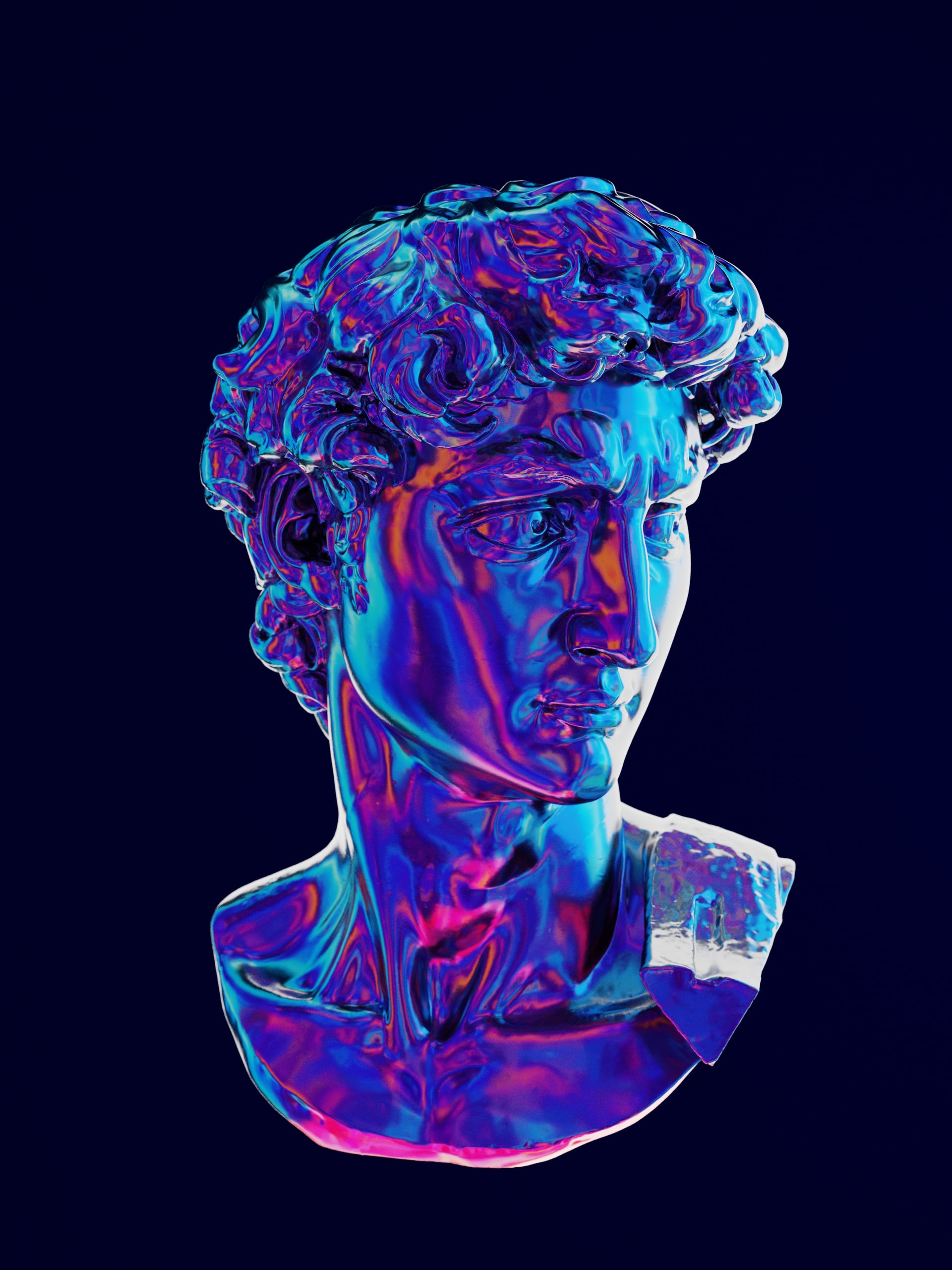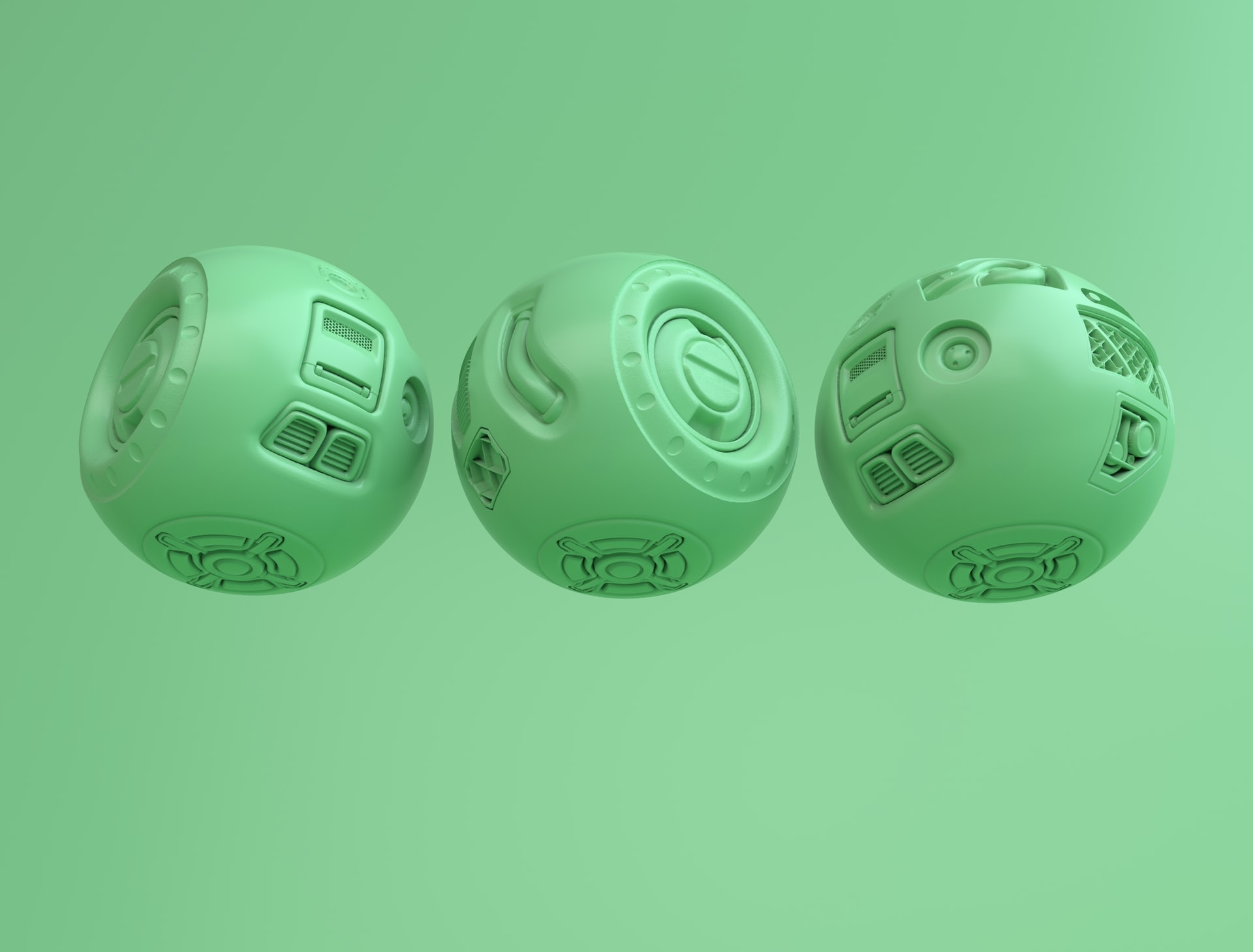
The internet opened up many doors for professional creatives. In the old days, you needed to talk to an editor or curator so people could see your work.
Today, you can just go online, find an art curation platform, and go through the sales or auction process.
While the world of photography is slow to catch up, they finally have, thanks to non-fungible tokens or NFTs. These NFTs have allowed photographers to sell a wide variety of digital assets and digital items on online marketplaces. This leads many to wonder and ask, “Is NFT the future of photography?”
Hence, let’s talk about NFTs and their benefits to find the answer. We’ll also look into some of the top marketplaces where you can sell NFTs.
What Are NFTs?
NFT or a non-fungible token is a unit of data stored in a blockchain platform. It can be video clips, audio files, or any digital asset.
Using a blockchain network certifies that the digital asset is unique and could not be replaced by anything of similar value. Unlike the digital currency, which allows crypto exchanges, NFTs are not mutually tradeable assets.
Another thing that you should know about NFTs is that they have unique identifiers. When artists upload their photos to a blockchain network, they become unique, like a specific picture in a roll of film.
The process of uploading an image to a blockchain network is called minting. The cryptographic nature of the process provides a digital signature, ensuring that each file is one-of-a-kind.
As a result, photographers can use it as proof of ownership over blockchain assets like photos. It is a way for photographers to keep track of their work separately from copyright.
Why Should Photographers Use NFTs?
Before NFTs, selling stock photos or prints was the bread and butter of most photographers. Some of them also do photoshoots for magazines and other publications.
However, as the physical and virtual worlds get more saturated, it is becoming harder for photographers to earn a living. While there is a wide variety of ways for them to monetize their work, there is just too much competition.
That is why NFT marketplaces are so important.
NFTs are like certificates of authenticity that can help protect a variety of assets online, including photos. Since it uses a blockchain network, an NFT could not be destroyed or tampered with.
More importantly, it allows you to make money from secondary sales. So if anyone sells your work in a super-popular secondary market, you should earn from it too. Since it also does away with a middleperson, you can showcase your work and sell it without paying for commissions.
Aside from providing greater profitability, what makes NFT platforms even more helpful is that they offer more security and recognition.
NFTs could not prevent people from saving different versions of your photos or artwork over time. Still, they provide a universal standard for authenticity.
The higher level of authenticity and uniqueness increases the value and the demand for this digital asset class. As a result, photographers can ask for a higher price for their work.
Are NFTs the Future of Photography?
Definitely, NFTs are the future of photography because the world continues to embrace digitalization.
In fact, all types of digital assets are now considered the future of capital markets.
Thus, NFTs offer a great way to futureproof your business if you are a photographer or digital creator.
That said, you need access to a reliable NFT marketplace whether you want to sell photos or other digital assets. These platforms can help you generate a new revenue stream and are worth giving a shot.
Best Online NFT Marketplaces for Digital Artists
We have discussed NFTs and the benefits of using online art marketplaces. It is now time to know where you could sell your NFT photos.
Below are the top NFT marketplaces for a wide range of tradeable assets. With this table, you won’t need a flowchart maker to visualize your decision-making process.
| NFT Marketplace | Transaction Fee | Currencies Supported |
| OpenSea | 2.5 % | ETH, SOL, USDC, DAI, and others |
| Quantum Art | To be announced on point of sale | ETH |
| Foundation | 15% | ETH |
| MakersPlace | 15% for every successful purchase | ETH and credit card |
| Nifty Gateway | 15% | ETH and credit card |
1. OpenSea
OpenSea is the first peer-to-peer digital assets marketplace. It is also the largest by far, with a trading volume that reaches tens of billions.
What makes OpenSea unique is that it offers a wide variety of assets, from works of art to games. Signing up for this platform is also quite easy.
All you need is a crypto wallet, like the MetaMask wallet. You could also choose from the wide range of wallets that it supports, such as:
- Coinbase crypto wallet
- TrustWallet
- Portis
- Formatic/Magic
- Venly
- Authereum
Once you are in, minting your photos is pretty straightforward. Go to the “Create” tab, link your crypto wallet as the initial creator, and upload your photo with its description.
2. Quantum Art
Quantum Art is one of the best NFT platforms for photographers and digital creators. However, there is a catch: it hosts only the best-curated photos in the market today.
In fact, only a limited number of photographers are currently registered on this platform. If you want to join this select group, you need to submit the following information:
- Your Twitter username
- A portfolio of NFT photos
- A project statement and an artist statement
- Ten to 15 photos that you intend to sell
Once you have submitted the requirements, a team of Quantum token holders will cast their votes. If you win, you will have permission to mint your photos.
While it seems like a tedious process, it allows Quantum Art to remain one of the best NFT platforms today.
3. Foundation
Foundation is another of many NFT platforms that are exclusive to photographers. Like other art marketplaces, it is creator-focused and aims to connect digital artists with their supporters.
However, getting into this platform is not as easy as you hope. That is because you can only join if you get invited.
The good news is that any of its members could send an invite. So if you know someone on the platform, you have a way in.
Similar to other NFT platforms, you must have a digital wallet to buy or sell. It has standard network fees of 15% for sellers.
4. MakersPlace
MakersPlace is one of many NFT platforms that use Ethereum. It is a bit of a mixed bag as a digital assets marketplace, with NFTs from famous artists and newbies.
The transaction fees on the platform are a bit high, but it has some of the best art pieces and photos on the market. Moreover, it is an invite-only platform, adding more to its exclusivity.
5. NFT Gateway
Nifty Gateway is home to famous artists known within the NFT art world. While you do not need an invite to join, you must undergo a strict vetting process.
Selection starts with a survey where you have to tell them about your long-term goals as an artist. You also have to submit a recording of yourself telling them about what you do.
The good thing about Nifty Gateway is that its transaction fees are reasonable. It charges 30 cents for each transaction and 5% on sales.
Other Types of Marketplaces for NFTs
NFTs offer a reliable revenue stream for all creatives. In 2021, the global sales value of digital art and collectibles alone peaked at $11.16 billion.
If you want to try tradeable assets other than photos, many NFT platforms can meet your needs. Here are the top NFT platforms that you should consider:
1. Binance NFT Marketplace
Binance NFT Marketplace is a low-fee NFT trading platform. It also happens to be the largest cryptocurrency exchange company today.
What makes Binance NFT Marketplace unique is that it charges transaction fees as low as 1%. On top of this, it offers NFTs on the Binance Smart Chain aside from Ethereum.
It means that you can sell a wide range of tradeable assets, from art to music to sports.
As of today, Binance NFT Marketplace only accepts crypto exchanges as a payment method. It means that you could not use a debit card on it.
2. Enjin Marketplace
If you have video games, trading cards, digital art projects, or other auction assets you want to sell, try Enjin Marketplace. It is a social gaming platform built on the Ethereum blockchain network.
It has game and digital art projects with the likes of Microsoft and Binance NFT Marketplace.
With transaction fees amounting to 2.5% of sales, Enjin Marketplace is a great place to conduct business. It accepts payments using a debit card or a credit card, along with other payment options.
3. Crypto.com NFT Marketplace
Crypto.com NFT Marketplace is one of the older NFT platforms in the crypto space. It is also one of the best marketplaces for investors.
High-end investors and experienced investors like Crypto.com NFT Marketplace because it has many perks and features. It also has low transaction fees and supports over 90 cryptocurrencies.
However, its trading interface is not very intuitive. So if you want something user-friendly, you should try other NFT platforms.
4. Axie Marketplace
Axie Marketplace is one of the biggest NFT platforms today when it comes to trading volume. It is powered by Axie Infinity, a blockchain-based game where you can trade digital pets.
What sets Axie Marketplace apart from other NFT platforms like art marketplaces is that its NFTs have other uses. You can use them to battle other players and earn tokens.
However, note that the Axie Infinity services are quite complex. In addition, you would have to go through a lengthy process before you can play the game.
That said, all you need is a MetaMask Wallet or one of the numerous wallets that it supports. You also have to buy three Axies from the NFT market.
5. NBA Top Shot
NBA Top Shot is one of the first NFT platforms to appeal to a broader audience. It features digital trading cards that have NBA video clips, which is something that sports fans love.
You can buy these clips and store them in your digital wallet. If you have had your fill viewing them, you can sell them back at the NBA Top Shot marketplace.
Another thing that makes this platform popular is that it is easy to use, even for the mainstream user.
All you have to do is link your Google account and input your phone number. Once you get a confirmation message, just follow a few more steps to set up your account.
6. AtomicMarket
AtomicMarket is an NFT platform where multiple websites can buy and sell shared liquidity assets.
Known as Atomic Assets, you can use these NFTs to create digital assets that can appear on other markets. You can also buy and sell other auction assets in the Atomic Assets marketplace.
Note that well-known NFTs get a verification checkmark from AtomicMarket. If you see a collection that does not bear this mark, you should be extra careful.
How to Choose an NFT Marketplace
By now, you probably know that there are many types of marketplaces available. Some cater exclusively to photographs, but others support a wide range of digital assets.
When choosing a platform, you need first to figure out what kind of digital asset you want to sell or buy. You can tokenize anything, from the written word to collector’s items.
Your choice will determine what kind of platform you should use.
Next, you need to consider what token the marketplace supports. Some sites have proprietary tokens, while others support a wide range of tokens.
Finally, ensure that the platform is secure and has no unresolved issues. Remember that crypto can be risky, so you must do your due diligence.
FAQs About NFTs
1. How do I join NFT trading?
To trade NFTs, you need to sign up with a marketplace and create a user account. Once you set up your profile, you can list the NFTs you want to sell or browse for NFTs to buy.
2. Can I post my NFTs on multiple platforms?
Yes, but it is generally not a good idea, especially if you sell them at different prices. You could try selling different digital assets across various platforms, but not the same ones.
3. How do I create an NFT?
To create an NFT, you must choose a blockchain and a marketplace and set up your digital wallet. From there, you can set up the sales process and mint your digital asset.
About Guest Author: Uday Tank
Uday is a serial entrepreneur and content marketing leader who serves the international community at Rankwisely. He enjoys writing, including marketing, productivity, business, health, diversity, and management.









